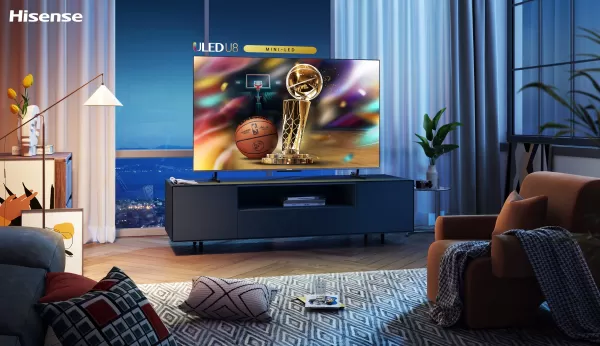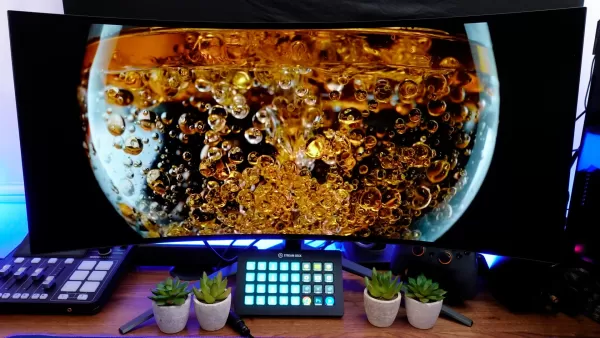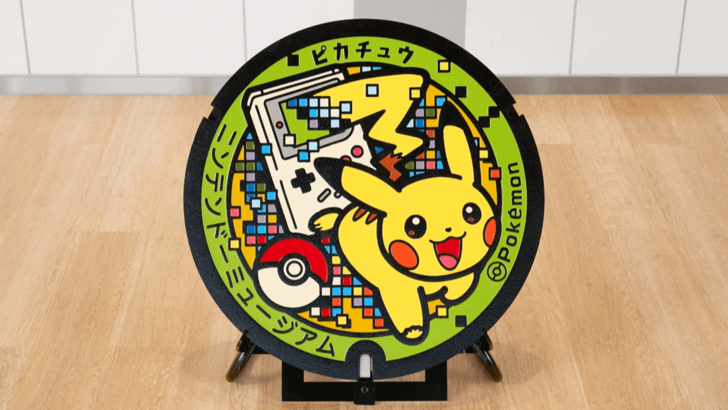Best OLED Display Type for Gaming Revealed
When I purchased my first OLED TV, the LG E8 55-inch, back in 2019, just before the world went into lockdown, it became my perfect companion for isolation. Initially, I had a basic understanding of OLED (organic light-emitting diode) technology, knowing that it uses self-lit pixels instead of a backlight, which delivers infinite contrast. But it was while immersing myself in the visually stunning worlds of Final Fantasy XV and The Last of Us Part II that I truly appreciated the nostalgic, dream-like quality of OLED displays. This experience was so captivating that I later upgraded to the LG C2 65-inch TV and delved deeper into the world of OLED technology.
Through my reviews of various devices with OLED displays, I've learned that not all OLEDs are the same. In fact, there are several types of OLED technology, but the three you should focus on are WOLED, QD-OLED, and AMOLED.
WOLED, QD-OLED, and AMOLED: How They Work
OLED technology has been around for decades, with companies like Kodak and Mitsubishi experimenting with it. It wasn't until LG introduced its OLED TVs in the early 2010s that the technology became mainstream.
LG's version of OLED is called WOLED (White OLED), though they market it simply as OLED. WOLED uses a pure white OLED layer with an RGBW color filter. This approach addresses the issue of burn-in by ensuring the red, green, and blue emitters deteriorate at a more balanced rate. However, it introduces its own challenges, such as imbalanced brightness and reduced color volume due to the filtering process. Higher-end WOLEDs attempt to mitigate this with Micro Lens Array technology, which focuses light more effectively.
In 2022, Samsung introduced QD-OLED (Quantum Dot OLED), which uses a blue OLED layer and quantum dot color converters. This technology absorbs light rather than filtering it, resulting in no loss of brightness and more vibrant colors.
AMOLED, on the other hand, is a variation that includes a thin-film transistor (TFT) layer. This allows for faster pixel activation but at the cost of the infinite contrast that OLED is known for. AMOLED is commonly found in smartphones and laptops, where its flexibility and high refresh rates are advantageous.

WOLED, QD-OLED, and AMOLED: Which Is Better for Gaming?
Choosing the right OLED technology for gaming depends on your specific needs and preferences. Generally, QD-OLED is considered the best for gaming due to its superior color and brightness. However, WOLED might be preferable in certain situations, and AMOLED is often the only option for smaller devices like smartphones and laptops.
AMOLED displays, while excellent for their flexibility and high refresh rates, struggle in direct sunlight due to lower peak brightness. They are not commonly used in TVs due to their cost.
For gaming monitors and TVs, you'll typically choose between WOLED and QD-OLED. WOLED can achieve high brightness with its white OLED layer, but this is limited to whites. The RGBW filter can reduce brightness across other colors. QD-OLED, on the other hand, offers overall brighter visuals and more vibrant colors thanks to its quantum dot technology.
In environments with high glare, WOLED might be less distracting because it maintains true black levels, whereas QD-OLED can exhibit a purplish tint due to the absence of a polarizing layer. However, the quality of the displays ultimately depends on their specifications and price, with more expensive models generally offering better performance.

The Future of OLED Is PHOLED
While WOLED, QD-OLED, and AMOLED are currently the dominant types of OLED technology, the future might belong to PHOLED (Phosphorescent OLED). PHOLED uses phosphorescent materials, which offer 100% luminous efficiency, far surpassing the 25% efficiency of fluorescent materials. This technology promises brighter displays with lower power consumption.
The challenge with PHOLED has been the short lifespan of its blue component. However, LG recently announced a breakthrough in blue PHOLED technology, paving the way for mass production. Although PHOLED TVs are not expected in the near future, we might see this technology in smartphones and tablets sooner rather than later.
- 1 Zenless Zone Zero [ZZZ] Codes (December 2024) – 1.4 Livestream Codes Feb 08,2025
- 2 Capcom Spotlight February 2025 and Monster Hunter Wilds Showcase: Everything Announced Mar 05,2025
- 3 New LEGO Sets for March 2025: Bluey, Harry Potter, and More Mar 06,2025
- 4 Gothic 1 Remake Demo: Frame-by-Frame Comparison with Original May 01,2025
- 5 Blazing Conquest: Conquer Lords Mobile on Mac with BlueStacks Air Feb 21,2025
- 6 PUBG Mobile Redeem Codes for January 2025 Live Now Feb 13,2025
- 7 "Tower of God: New World Introduces Alphine and Kaiser" Jun 28,2025
- 8 Pokémon TCG Pocket Unveils Premium Pass and Trade Tokens Apr 21,2025
-
Best Racing Games to Play Now
A total of 10
-
Top Business Management Apps for Android
A total of 10
-
Best Competitive Multiplayer Games on Android
A total of 10

















![Business of Loving [v0.12.5i] [Dead End Draws]](https://imgs.96xs.com/uploads/18/1719555107667e5423ef803.jpg)












